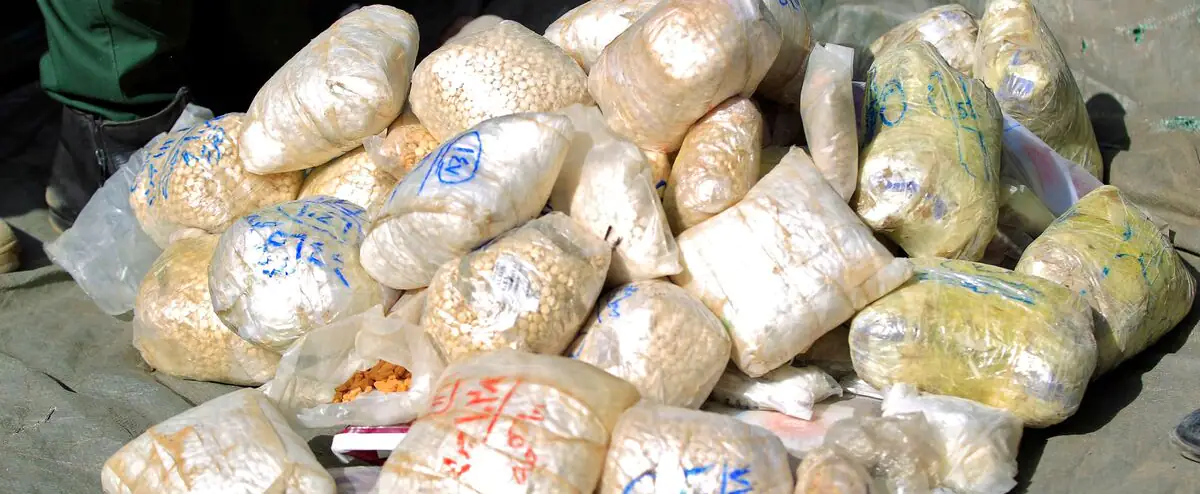Illicit drug manufacturing could take advantage of the war in Ukraine to thrive, the UN warned on Monday, in light of the experience of conflicts in other areas.
• Read also: Canada sends two warships to the Baltic Sea
• Read also: Ukraine calls for more weapons and sanctions against Moscow
“Reports from the Middle East and Southeast Asia tend to indicate that conflict situations can act as a magnet for the manufacture of synthetic drugs, which can in fact be produced anywhere,” the report said. United Nations Office on Drugs and Crime (UNODC) in its annual report.
“This effect can be even greater when the conflict zone is close to large consumer markets,” he adds.
Before the Russian invasion, Ukraine had a growing number of amphetamine laboratories, said expert Angela Me, interviewed by AFP. Nearly 80 had been dismantled in 2020, compared to 17 in 2019.
This production capacity “could expand if the conflict persists”. “The police are no longer there to stop the activity of the laboratories,” she explains.
War can also “disrupt trafficking routes,” the report notes, citing a possible decline in Ukraine since early 2022.
Ms. Me also calls for monitoring the situation in Afghanistan, which in 2021 produced 86% of the world’s opium.
In April, the supreme leader of the Taliban ordered a ban on poppy cultivation. “We have to see if this will result in a drastic reduction”, underlines the expert, or if on the contrary the illicit fields will develop due to the deterioration of socio-economic conditions in this country.
Any change will have “repercussions on almost all regions of the world”, warns the UN.
Some 284 million people worldwide — one in 18 in the 15-64 age group — have touched drugs in 2020, up 26% from a decade earlier.
While the majority are men, women are heavy users of amphetamine-type stimulants (ATS), but are “underrepresented in treatment”, laments Angela Me.
She talks about “a double stigma” and the need to set up places where they feel “safe” and can stay with their children.
Another notable figure, the production of cocaine posted a new record, amounting to 1,982 tons in 2020.
The UNODC report, which is a “preliminary assessment”, is based on information the body has gathered from responses submitted by Member States, its own outposts and analysis of open sources, media and institutional reports.
